The Dangers of Drowsy Driving and How to Avoid Fatigued Driving Accidents
Posted by Michaela Jackson on 30th Mar 2022
Updated March 2023
The views and values of modern society have caused a widespread problem on the roads that are also widely ignored: drowsy driving and how dangerous it actually is. While most people today would enthusiastically express the dangers of drunk driving and driving under the influence, many of those same people have likely driven under the influence themselves without even realizing it - the influence of sleep deprivation. Due to a mix of factors like lack of education and awareness, the "go, go, go!" attitude of the society, and the normalcy placed upon trying to function while exhausted, many people are either unaware of or severely downplay the effects sleepiness can have on someone's ability to drive.

This is a deadly issue that many road safety organizations and sleep scientists are trying to bring to everyone's attention and can be on par with drunk driving. According to Dr. Nathaniel Watson of the American Academy of Sleep Medicine, "drowsiness is similar to alcohol. It compromises driving ability by reducing alertness and attentiveness, delaying reaction times, and hindering decision-making skills" (source). In fact, it is likely many Americans can testify to this drunken sensation. The CDC reported in 2016 that "more than a third of American adults are not getting enough sleep on a regular basis" - meaning that about 35% of U.S. adults are not getting the recommended healthy amount of sleep (source). As a nation, America has become increasingly less rested - therefore, the likelihood that more people are driving while sleep deprived has increased as well. A whopping 45% of adults report struggling to stay awake while driving (source).
But just how deadly is this new wave of sleepy drivers? Everyone drives while tired occasionally, right? So what's the big deal?
According to an article by the American Academy of Sleep Medicine in association with the National Healthy Sleep Awareness Project, an estimated 6% of all crashes involve drowsy drivers. An estimated 21% of fatal crashes involve drivers who were sleep deprived at the time (source). The NHTSA (National Highway Traffic Safety Administration) estimated that 91,000 police-reported crashes involved drowsy drivers in 2017, which led to 50,000 estimated injuries and nearly 800 estimated deaths (source). Just in 2019, there were about 697 deaths from drowsy-driving-related crashes (source). Drowsy driving has become such a large issue in today's society that the National Sleep Foundation dedicated a whole week as Drowsy Driving Prevention Week (DDPW) each year following the end of Daylight Saving Time (source). The aim of this week of awareness is to help prevent the more than 6,400 deaths that now occur annually in the U.S. due to driving while sleep deprived (source).
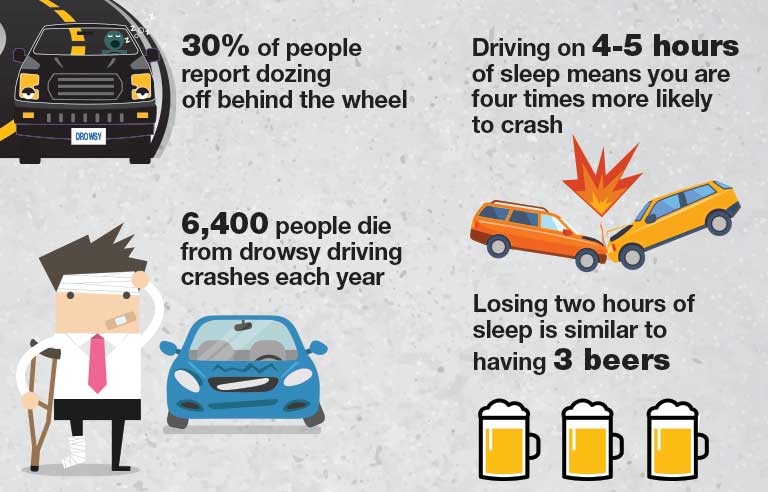
Thanks to the abundance of recent studies, these fatigue-driving statistics bring to light the impact that lack of sleep has on the safety of U.S. roadways. The number of injuries and deaths from these types of accidents seems to still be on the rise. However, all major researchers in this subject seem to agree on one hopeful fact: driver fatigue and the dangers associated with it are largely preventable.
One of the best ways to prevent fatigued driving accidents is to become educated on each piece of the problem. For instance, who is the most susceptible to drowsy driving? When is the average person most likely to be sleepy on the road? What are some recognizable fatigue driving symptoms? How can one avoid driver fatigue, and how can one be safer on the road? Below the problem will be broken down and elaborated on so that you can get the best fatigue driving safety tips possible.
Who is the most susceptible to drowsy driving?
The unfortunate truth about driver fatigue is that anyone can experience it. However, luckily studies have shown that there are specific groups of people who are more prone to being drowsy drivers than others.
In general, drivers ages 16-24 are 80% more likely to be in a drowsy driving accident (source). Even for adults aged 46-64, it was found that 42% of respondents in a study conducted by the NHTSA reported having "nodded off" at one point while driving. In the same study, it was found that those in the 21-29 age group reported nodding off twice as often within the last week as other age groups involved (source). Also, males are more likely to be in a fatigued driving crash by a margin of 60%, according to the National Healthy Sleep Awareness Project (source). These generalized studies help showcase the fact that there is a very wide range of people who are likely to experience drowsy driving and further prove the need for increased awareness and actions taken to prevent such occurrences.
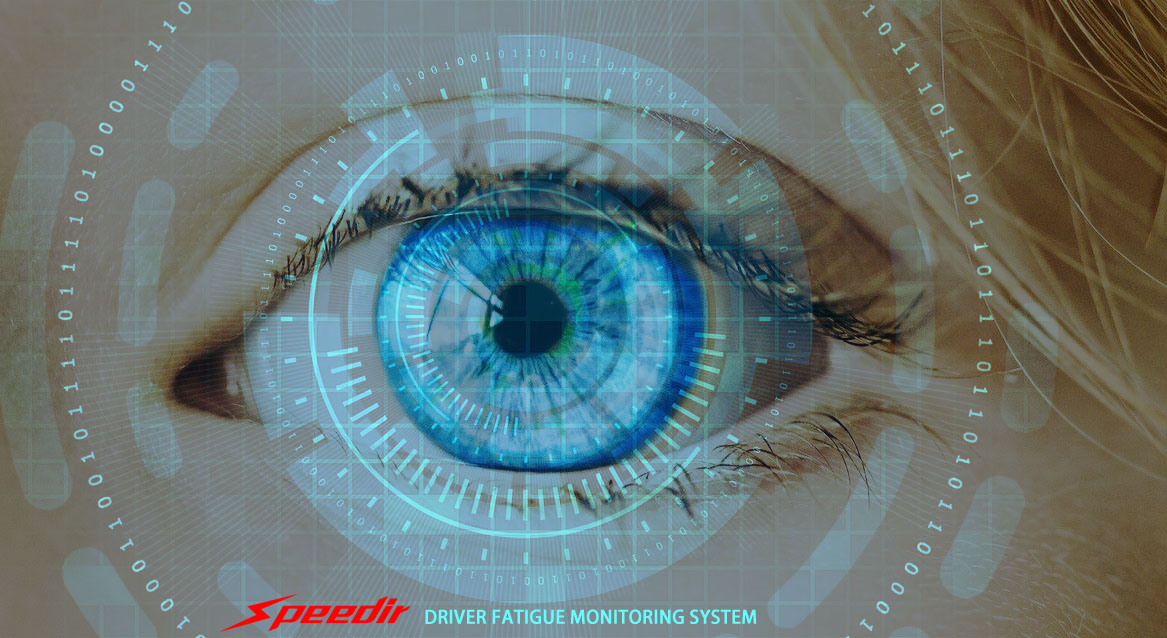
Different types of occupations also can attract a higher likelihood of driving while sleep-deprived. Some common types of susceptible workers include:
● Commercial drivers, who often drive for many consecutive hours with few breaks over long distances at any time of the day.
● Shift workers, who can work varying shifts at different times such as nighttime or "graveyard" shifts or rotating shifts.
● Overtime workers or those working extended hours, a group of people that often overlap with shift workers.
● Long-distance commuters, who spend upwards of an hour or more driving to work and from work. These commuters also tend to be the ones who experience the most traffic, and being stuck in bumper-to-bumper traffic provides time to doze off after a long day of work.
● New parents who are adjusting to life with a newborn and often are up many hours of the night with the child and still have to take care of their normal responsibilities or work their normal jobs.
There are also many conditions, medical and otherwise, that can make you more susceptible to driving while fatigued. These conditions can include, but are not limited to:
● Drivers with untreated or undiagnosed sleep disorders, such as insomnia, sleep apnea, narcolepsy, restless legs syndrome, sleep talking or sleepwalking, and nightmares or night terrors.
● Drivers whose conditions cause them to use sedating medications (which even include common allergy medications that contain antihistamines). Medicines containing an ingredient called zolpidem, which is a common ingredient in prescription sleep medications, can impair driving ability the next morning, according to findings by the FDA (source).
Finally, another indicator that you may be more susceptible to fatigue driving is simply if you do not normally get the recommended amount of sleep every night. Unfortunately, in a society where we are constantly surrounded by screens, technology, and info-overload, lack of healthy, restful sleep is all too common for the average American. According to the American Academy of Sleep Medicine and the Sleep Research Society, one should try to sleep at least 7 hours nightly if they are between the ages of 18-60 to achieve optimal well-being (source). However, many people report not being able to get that amount of sleep for one reason or another, therefore putting themselves at higher risk of driving drowsy.
When am I most at-risk for driver fatigue?
While driver fatigue can occur to anyone at almost any time based on a variety of individual factors, there are certain times and situations that one can be aware of which are most likely to produce drowsy driving accidents. For instance, these kinds of accidents occur most frequently between midnight and 6 AM or in the late afternoon. This is because, during those times of the day, people may experience a "dip" in their circadian rhythm - the human body's internal clock that regulates sleep - causing a wave of drowsiness that can put one at risk while on the road (source).
There are also certain situations in which one can be much more likely to drift off while driving. Accidents that result from driver fatigue and falling asleep at the wheel tend to involve only one driver with no passengers. If you are alone at the wheel, especially at night or on long trips, this can be a risk factor. Also, most drowsy driving accidents involve only one car, running off the road at a high rate of speed with little to no evidence of braking. This is most likely to occur on rural roads and highways where there is not much to look at and not much variation in the road, so people often can drift off during these kinds of trips (source).
Another time when all drivers, no matter what demographic, are more at-risk for drowsy driving is right after Daylight Savings Time changes. That is why the National Sleep Foundation holds Drowsy Driving Prevention Week (DDPW) each year on the week following the end of Daylight Savings Time - because this is a universal time period across the United States where every driver will be struggling with sleep but still having to complete normal activities that involve driving (source).
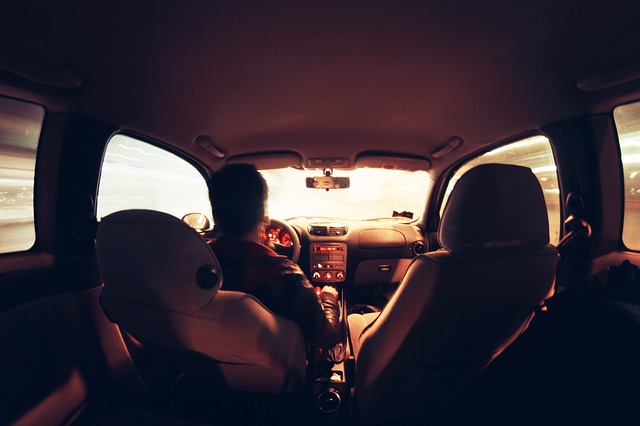
The main risk factors are: driving alone, at night, and on long trips, which tend to take place on highways (source). While it is very important to recognize what situations in which you are most likely to become a drowsy driver, it is also very important to then be able to recognize the signs of drowsy driving before it leads to a tragic accident.
What are the symptoms of fatigued driving?
If you find yourself in a situation where you are afraid you may be dozing off dangerously behind the wheel, here are some common signs and symptoms that can help you verify if you need to pull over (source).
- Frequent yawning, struggling to keep your eyes open, and blinking frequently are all symptoms of sleepiness. If you notice yourself doing these things, you could be putting yourself and others on the road at risk by continuing to drive.
- Confusion and gaps in memory, like being unable to remember the last few miles you drove, or being unsure of where you are or how you got there, are red flags for drowsy driving.
- "Nodding off," struggling to keep your head up, and startling back awake are big indicators that you should pull off into a safe place for a power nap.
- Drifting into other lanes, missing road signs and exits, and drifting onto "rumble strips" or the shoulder of the road are also all signs that you should not be driving because you may be losing consciousness at the wheel without realizing it.
Many of these symptoms overlap largely with drunk driving - inattentiveness, weaving across lanes or onto the shoulder of the road, swerving into the opposite lane of traffic, sudden stops or delayed starts at traffic lights, erratic braking, tailgating, or even almost striking something on or off the road are all signs of both drunk drivers and drowsy drivers (source). You wouldn't get in the car drunk, so why would you get in the car sleep deprived?
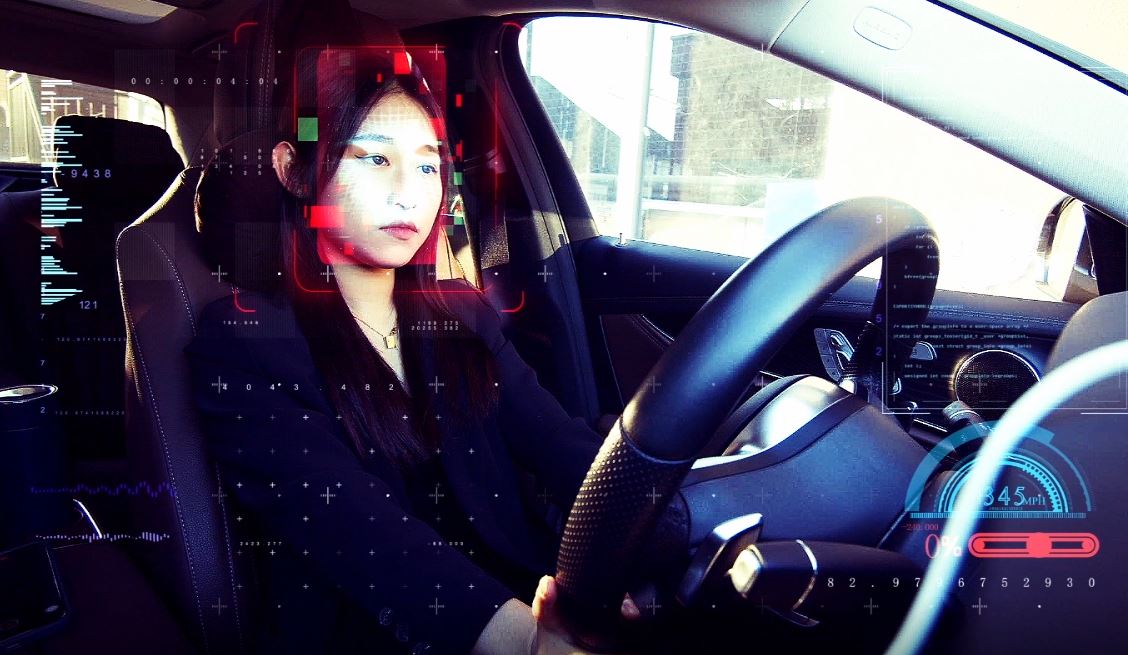
How can I avoid drowsy driving?
While it may seem like the solution to less fatigue driver accidents would be to simply get more sleep, it is unfortunately not as simple and as easy as that. Below is a compilation of the internet's best tips for ensuring that you are driving alert and not driving while fatigued.
Starting out simply - try your best to get the recommended hours of sleep for your age group. According to Your Guide to Healthy Sleep by the U.S. Department of Health and Human Services, most adults need 7-8 hours of sleep each night. It is always best practice to be as well-rested as possible before doing anything, especially before driving. However, due to a plethora of factors such as medical conditions, medications, life situations, stress, and modern technology, it is often very difficult for people to get the recommended amount of sleep.
Do your best to avoid driving during the times of day (late afternoon) and times of night (midnight until about 6 or 7 AM) when humans are "naturally least alert and most sleepy" (source). This is not possible for all people, and indeed not all the time - as mentioned previously, people with certain occupations may have to drive during these times. If you cannot avoid driving during these times, you can at least be aware that your body is going to be more susceptible to drowsiness, and you can watch yourself vigilantly for driver fatigue symptoms.
If you have to go on long trips, especially if that is what your job entails, schedule frequent breaks, and don't be afraid to pull over for a 15-20 minute power nap in a safe area if you begin to feel fatigued. If you are going on a road trip for purposes other than job-related, bring a companion! Having another person with you will not only make the drive more engaging and entertaining with conversation but also will give you the option to switch out when one of you feels too tired to continue the drive.
Caffeine and sugar are not always the best solutions for keeping yourself awake during a drive. While they may help for a short while, they can also cause intense energy crashes after a certain period of time and put you at an even higher risk of falling asleep at the wheel. Some other easy, temporary fixes for a little sleepiness while driving is listening to your favorite music, enjoying a podcast or audible book, driving with the windows down, or finding ways to engage with the road, such as reading road signs and making games out of landmarks.
The Best Tech to Enhance Driver Safety and Prevent Drowsy Driving
While the above solutions to driving alert on the road may seem simple and easy, they aren't always doable! Sometimes driving while sleepy can sneak up on you no matter what you do. If your job revolves around driving (particularly commercial truck fleet drivers), if you travel for a living or live on the road (R.V. road trips, frequent campers, van-lifers), or if your family vacations require you to take a trip cross-country, Speedir has the perfect road safety technology for you.
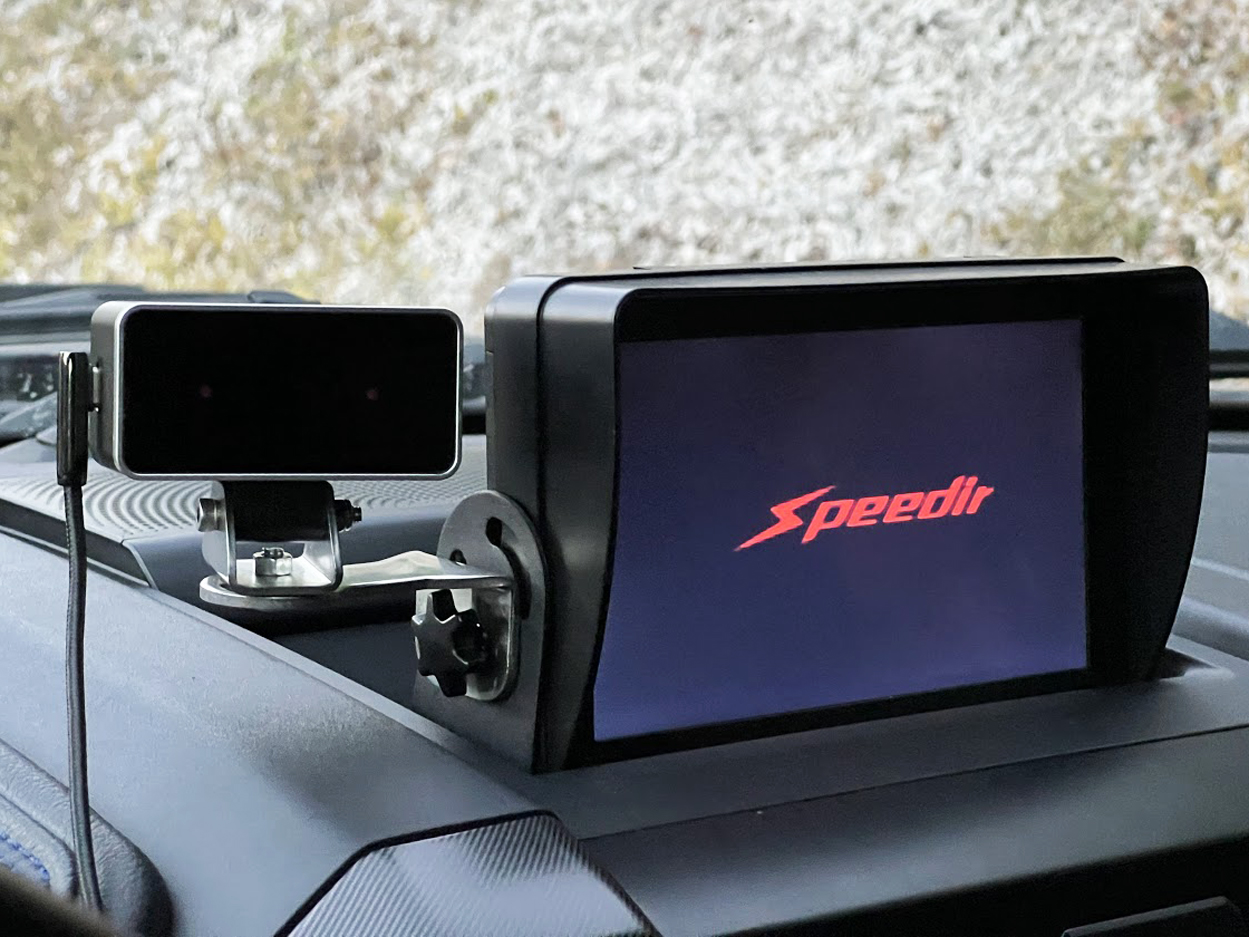
Speedir has developed an advanced driver fatigue monitoring system that is an absolute must-have for any frequent road traveler or semi fleet. With their state-of-the-art A.I. and facial recognition systems, their compact and easy-to-install driver fatigue monitoring system is the ultimate in both sleek design and encouraging the safest driving practices.
This revolutionary safety technology is small, so it easily fits into any vehicle, merely requires a USB to power it so that it is universally easy to use, and comes with all installation hardware needed to mount the system properly. With this user-friendly process, it's never been easier to maximize your safety on the road while also minimizing the effort it takes to do so.
The technology involved in this AI-powered driver fatigue monitoring system uses facial recognition, face, and eyeball tracking algorithms, and infrared technology to create the most accurate monitoring on the market for distracted and drowsy driving. It is also unaffected by nighttime, glasses, or reflective lights to ensure the best and most accurate detections for the most efficient safety monitoring.
When the system detects a lapse in eye or head position, driver attention, or signs of fatigue or distraction, it alerts the driver right away to the potentially dangerous conditions. In this way, everyone benefits from the incredible technology Speedir has developed - whether you are a semi fleet manager looking to improve driver safety and minimize potential losses, a semi driver who wants to ensure the best practices of safety for yourself, your truck, and everyone else on the road, an R.V. and travel enthusiast who wants the reassurance of safety-focused technology on your side, or someone who works long shifts that change often and you need to make sure you get home to your kids safe and sound every time.
Not only can you prevent drowsy driving accidents by investing in this driver fatigue monitoring system, but you also receive a 1-year limited warranty from the date of your purchase, so you can be assured you are getting an amazing product from a company that cares about their customers and about improving road safety across the world. Order yours today at speedir.com.

Sources:
● https://sleepeducation.org/get-involved/campaigns/prevent-drowsy-driving-stay-awake-at-the-wheel/
● https://www.nhtsa.gov/risky-driving/drowsy-driving
● https://www.nhlbi.nih.gov/health-topics/
all-publications-and-resources/brief-your-guide-healthy-sleep
● https://www.nhlbi.nih.gov/files/
docs/resources/sleep/dwydrv_y.pdf
● https://www.fda.gov/consumers/consumer-updates/some-medicines-and-driving-dont-mix
● https://www.cdc.gov/media/releases/2016
● https://www.thensf.org/drowsy-driving-prevention
● https://www.bankrate.com/insurance/car
/drowsy-driving-statistics/#2021
● https://www.madd.org/get-help/concerned-citizen
● https://www.sleephealthfoundation.org.au
